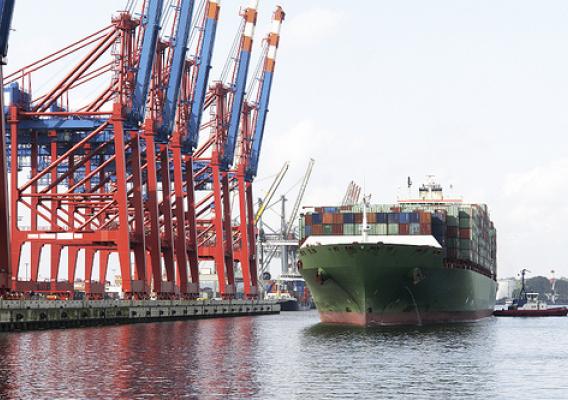Helping small- and medium-sized businesses export their products is a cornerstone of the President’s National Export Initiative (NEI), which aims to double U.S. exports by the end of 2014. The partnership between the Foreign Agricultural Service (FAS), non-profit U.S. agricultural trade organizations (called cooperators) and state regional trade groups (SRTGs) is essential to achieving that goal. The power of this partnership was clearly highlighted at the SIAL Canada trade show in Montreal, May 9-11, where the majority of the exhibitors at the USA Pavilion were small U.S. companies.
Among the SIAL Canada participants were the Vermont Agency of Agriculture, Food and Markets (VAAFM), and six Vermont food companies that produce products including artisan cheeses, croutons, jams, jellies, dips, sauces, specialty packaged maple syrups and premium spaghetti sauces. Although many of the companies are located less than an hour away from the Canadian border, few had previously considered exporting their products to Canada.










